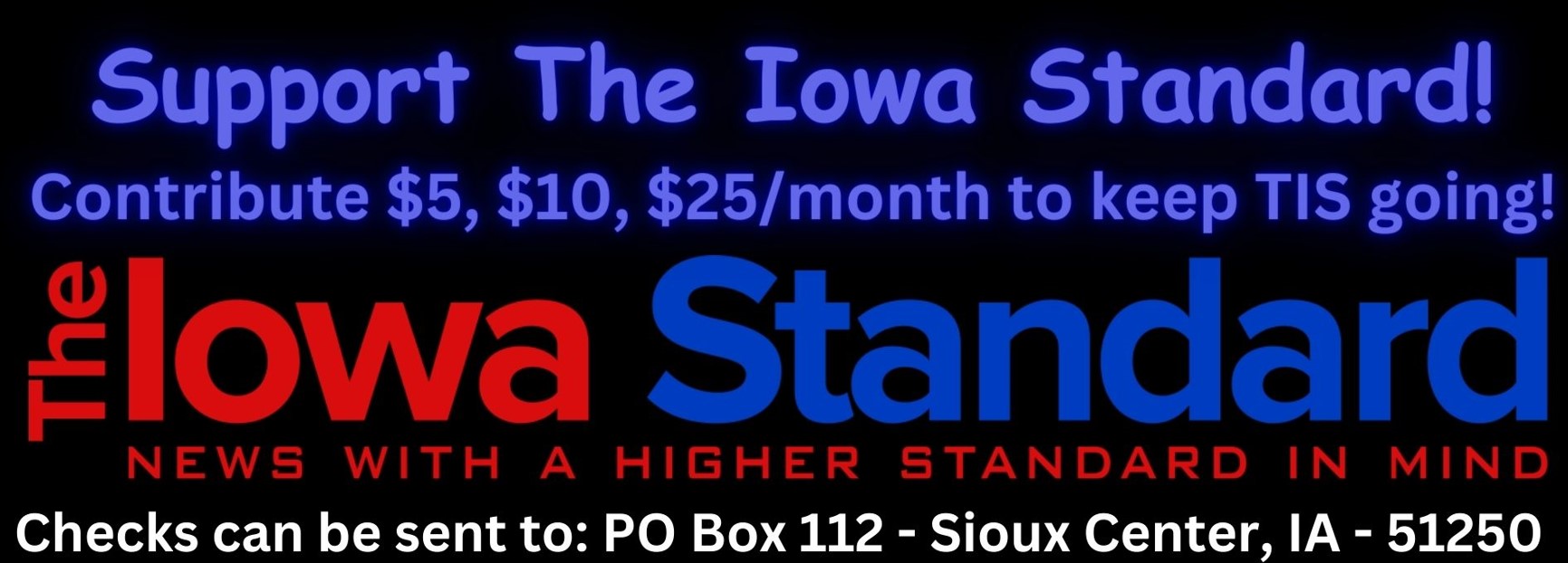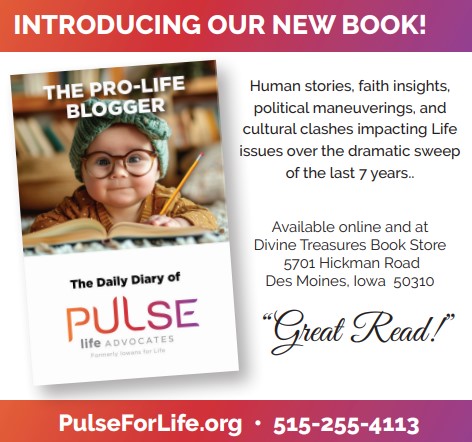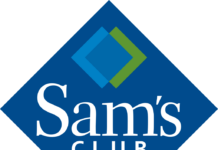The Food and Drug Administration (FDA) has now granted approval for the Pfizer Inc/BioNTech COVID-19 two-dose injection, marketed as Comirnaty, for use in people ages 16 and older, despite the fact John Hopkins University of Medicine states that a typical vaccine development timeline takes 5 to 10 years, and sometimes longer to assess safety and efficacy.
This approval was the fastest in the agency’s history, coming less than four months after Pfizer-BioNTech filed for licensing on May 7. It is still available under emergency use authorization (EUA) for adolescents ages 12 to 15. The FDA gave emergency use authorization for 16-year-olds and older in December and then later gave further emergency use authorization for ages 12 and up in May.
Moderna filed for full approval June 1 and Johnson & Johnson has plans to apply for approval later this year.
The approval only applies to the two-dose Pfizer shot and not to any so-called third “booster,” which remains under EUA, even though the product is exactly the same. In other words, the two-shot dosage is approved but the same product for a third booster remains under EUA.
Additionally, even though the EUA law no longer applies to the Pfizer two-shot dosage, state and federal law regarding medical and religious exemptions are effective and not diminished by this FDA change of status. Individuals continue to have medical and religious exemption options.
However, this FDA approval does not mean the Pfizer shots are safe, as evident by the VAERS data that shows 595,620 adverse events, including 13,608 deaths as of August 13, 2021, from the COVID injections. The deaths in this data includes approximately 3,079 deaths after receiving the Pfizer shot. Regulators also said they determined there are increased risks of myocarditis and pericarditis, or heart inflammation, following administration of the shot, particularly within the seven days following the second dose of the two-dose regimen. The prescribing information for the Pfizer injection also includes the following warnings: “The observed risk is higher among males under 40 years of age compared to females and older males. The observed risk is highest in males 12 through 17 years of age. Available data from short-term follow-up suggest that most individuals have had resolution of symptoms. However, some individuals required intensive care support. Information is not yet available about potential long-term health outcomes.” In addition, the prescribing information also states the most commonly reported adverse reactions include fatigue, headache, muscle pain, chills, joint pain, fever, and injection site swelling.
The history behind the Pfizer company and other FDA approved drugs also speaks to the fact whether this “quick-to-approval” drug is really safe.
In 2009, Pfizer Inc., and its subsidiary Pharmacia & Upjohn Company Inc., had to pay $2.3 billion in the largest health care fraud settlement in history against a pharmaceutical company. Pfizer pled guilty to a felony violation of the Food, Drug and Cosmetic Act for illegally promoting the uses of four of its drugs, including the anti-inflammatory drug Bextra; Geodon, an antipsychotic; Zyvox, an antibiotic; and Lyrica, an anti-epileptic drug. In 2004, Pfizer also agreed to pay $430 million to federal and state governments and pled guilty to criminal charges of illegally marketing the epilepsy drug Neurontin for migraine headaches, pain and bipolar disorder. Once the FDA approves drugs, doctors can prescribe them off-label for any use, but manufacturers cannot market them for anything other than approved uses.
Examples of other FDA approved drugs that were once deemed “safe and effective” that caused significant damage include:
In 1985, Seldane (Terfenadine) was an antihistamine that did not cause drowsiness. It had been on the market for 13 years before being recalled due to life-threatening heart problems when taken in combination with other drugs.
Ranitidine was sold under the familiar name Zantac (among other names) which is a medication that was used to treat stomach acid. It was found to break down into N-nitrosodimethylamine (NDMA) which is known to be highly hepatotoxic (chemical driven liver cancer) and is a known carcinogen in laboratory animals. According to FAERS, from 1983 through 2020, Zantac caused 20,473 adverse reactions and 7,988 serious cases (which include death). In 2020, it was withdrawn from the United States due to serious side effects which included liver problems, a slow heart rate, pneumonia and the potential of masking stomach cancer.
A popular opioid pain reliever Darvon & Darvocet (Propoxyphene) was put on the market in 1955 and continued to be on the market for 55 years (2010) until it was found that it was causing serious toxicity to the heart. Between 1981 and 1999 there were over 2,110 deaths reported. The UK banned it in 2005 while it stayed in the United States for another five years before being recalled.
DES (Diethylstibestrol) a synthetic estrogen had been on the market for 31 years (1940-1971) before it was recalled after it was discovered the following was occurring. Cancer of the cervix and vagina, birth defects, and other developmental abnormalities in children born to women who took the drug while pregnant.
The pain killer Duract (Bromfenac) was only on the market for 1 year before it was recalled in 1998. There were a reported 4 deaths, 8 required liver transplants and 12 patients with severe liver damage.
Lotronex (Alosetron) had not been on the market a year before it was recalled in 2000. It was used for irritable bowel syndrome (IBS) in women. However, under a year there had been 49 cases of ischemic colitis (inflammation and injury of the large intestine), 21 cases of severe constipation (10 requiring surgery), 5 deaths and inflammation as well as injury of the small intestine. Lotronex was later reintroduced to the US market in 2002 with restricted indication.
The appetite suppressant Meridia (Sibutramine) was taken off the market in 2010 due to the risk of an increased cardiovascular and stroke risk. September 30, 2004, FDA reviewer Dr. David Graham testified before a Senate committee listed Meridia with Crestor, Accutane, Bextra and Serevent as drugs whose sales should be limited or stopped because of their danger to consumers. He called these drugs “another Vioxx.”
A popular acne medication Accutane (Isotretinoin) was pulled from the market in 2009 after having been available for over 27 years. It was recalled due to the increased risk of birth defects, miscarriages and premature births when used by pregnant women in addition to inflammatory bowel disease and suicidal tendencies. There have been over 7,000 lawsuits with a $10.5 million verdict and two $9 million verdicts. Isotretinoin is still on the market yet now has a “risk management program” called iPLEDGE to reduce the risk of fetal exposure.
In 1894, Johnson & Johnson launched Johnson’s Baby Powder, made of crushed talc. They began facing lawsuits in 2017 over asbestos exposure from contaminated talcum baby powder. Johnson & Johnson has denied that its talcum powder products cause cancer. After documents were unsealed in 2017, it was revealed that as early as the 1970s Johnson & Johnson executives were aware of asbestos liabilities. Once this information was out for all to know things started to happen. A New Jersey jury ordered Johnson & Johnson to pay $80 million in punitive damages to Stephen Lanzo III, who claimed he developed mesothelioma from using Johnson’s Baby Powder and Shower products. He was also awarded $37 million in compensatory damages. This was Johnson & Johnsons first loss involving an asbestos talcum powder lawsuit. There were more to follow.Johnson & Johnson knew its baby powder contained asbestos. Independent labs detected asbestos in the product from 1971 up to the early 2000s. Johnson & Johnson covered it up and never reported it to the FDA. October 2019, retailers in the U.S. pulled the talc-based baby powder. Then in May of 2020, Johnson & Johnson ended sales for its talc-based baby powder and in February 2021 they set aside $3.9 billion for talc-related litigation. In the summer of 2021, it was reported that they were considering looking at putting talc liabilities into bankruptcy amid lawsuits. All while continuing to repeatedly deny that its product can be linked to cancer.
The first opioid medicine (Morphine) was created in 1803. Since then, there have been many different opioids that are currently on the market. It’s been known for decades that opioids are dangerous and highly addictive yet legally prescribed. Treating pain became a priority and addiction was less of a concern. Big Pharma has made billions off opioids. Now people are fighting back to hold them accountable for the collateral damage of the nation’s opioid crisis.
In 2012, alone there were more than 255 million opioid prescriptions. According to the government numbers there were more than 650,000 opioid prescriptions dispensed every day in the US. As a result, overdoes and deaths spiked. The CDC noted that deaths had quadrupled. Between 1999 and 2015, approximately 183,000 Americans died from prescribed opioid overdoses. U.S. citizens who fell victim to the opioid crisis is bravely battling back. They are taking the battle to the courts. There are numerous lawsuits occurring. Johnson & Johnson as well as other Big Pharma are being sued. Purdue Pharma in 2009 agreed to pay $19.5 million over allegations of unlawful marketing of OxyContin (oxycodone). Fortunately, Johnson & Johnson agreed this year to stop making opioids.
The Clinton administration, in 1998 required the inoculation of all military members with the Anthrax Vaccine Adsorbed (AVA). Also referred to as BioThrax. However, in June of 2001 the Department of Defense halted the vaccinations due to non-FDA approved changes in BioPort’s manufacturing process. Then in 2004, the DoD suspended the vaccination program. This was in response to a federal court ruling that military personnel should not have to accept the shots against their will unless the president ordered them to. While others believed they violated the Administrative Procedure Act. Saying that the vaccine amounts to an unapproved drug or an investigational new drug.
In 2007, the military resumed mandatory vaccinations for certain troops. A Federal Judge in 2008 ruled that it was a violation of federal law for military personnel to be subjected to involuntary AVA inoculation. There were failed potency tests which ultimately prevented FDA approval.
The first eight years of the anthrax vaccination program, hundreds of troops refused the vaccine due to perceived health risks or religious concerns. Many of those paid dearly with penalties ranging from receiving nonjudicial punishment, lost of rank and pay, their careers ended, they faced brig time and even dishonorable discharges. A number of them sought to have their records corrected but only a few were successful.
Additional drugs pulled from the market include: Fen-phen (fenfluramine/dexfenfluramine and phentermine); Posicor (mibefradil); Baycol (cerivastatin); Vioxx (rofecoxib); Bextra (valdecoxib); Meridia (sibutramine); and Avastin (bevacizumab); Accutane (Isotretinoin); and many more included in the FDA failed history of approving harmful drugs.
Liberty Counsel Founder and Chairman Mat Staver said, “Expediting an experimental injection in months without years of clinical studies and testing is irresponsible and deadly. The FDA has a terrible track record approving drugs that had to recalled and removed from the market. I fear this unsound rush to approve the Pfizer two-shot dosage will be added to the FDA long list of failed and harmful drugs. Notwithstanding this FDA approval, people may still claim medical and religious exemptions.”

















